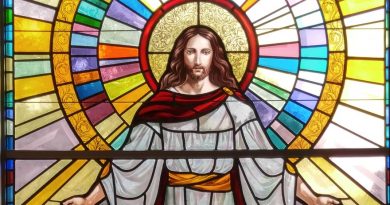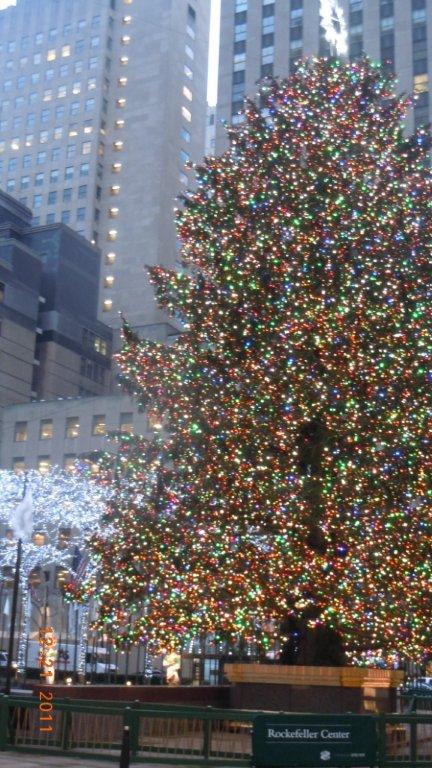Adar, Ramadan, and Lent – Sacred Time
The Hebrew month of Adar, the Islamic holy month of Ramadan, and the Christian period of Lent are all happening in the month of March this year. Adar and Ramadan began on February 28, 2025, and Lent begins on March 5.
Since Judaism and Islam are both based on a lunar calendar, Adar and Ramadan line up exactly. Lent comes 40 days before Easter, which is usually sometime around Passover, although the church disconnected their calendar from the Hebrew calendar sometime around the 3rd century and instead tied Easter to the spring equinox.
Each of these holy times has a unique “flavor.” Adar is a time of joy. There is a teaching in the Talmud that says when Adar begins, joy increases. We have a catchy song celebrating that teaching. It’s joyous because it contains the holiday of Purim, the happiest holiday on the Jewish calendar (they tried to kill us, we won, let’s eat – and drink), and of course many people find their mood improving in the spring as the days are getting longer and the weather is getting warmer. It is also a time of preparation for Passover. The month starts with Shabbat Shekalim, the announcement that it was time to pay the ½ shekel poll tax everyone was obligated to pay, which comes during Adar as money was needed to get everything in the Temple ready for Passover, including fixing up the roads the pilgrims would take to Jerusalem.
Lent is also a time of preparation, but it’s preparation for Easter. Similar to Ramadan, it’s a time of fasting, although fortunately for Christians, by fasting nowadays they typically only give up something they enjoy for the period, rather than abstaining from food and drink during daylight hours. Prior to the sixth century Christians did fast during Lent, and some continue to do so. As a time of spiritual preparation and prayer, Lent is similar to the month of Elul for Jews, when we engage in the spiritual work of preparing for the High Holidays. In Orthodox Christianity they still keep a stricter fasting regimen, abstaining from alcohol and having a mostly vegan diet for 40 days (except for shellfish, which was considered “garbage of the sea” in ancient times).
Like Lent, Ramadan is a time of fasting and praying. Muslims believe all scriptures were revealed during the month of Ramadan, not just the Quran – the scrolls of Abraham, Torah, Psalms, and Gospel as well. There is an Islamic teaching “When Ramadan arrives, the gates of Paradise are opened and the gates of hell are locked up and devils are put in chains,” so Ramadan might also share some of the joy and optimism of Adar. And the iftar break-the-fast meal held after sunset is, in normal times, a joyous celebration with friends and family.
The connections between the three holidays are admittedly a little tenuous – Adar and Lent are both times of preparation, Adar and Ramadan are both times with joy, and Ramadan and Lent are both times of fasting and prayer. Adar also includes one fast day, the fast of Esther before Purim. All three do include giving to charity as part of their observance.
The common denominator among all of them is sacred time. All three are special times on our respective religious calendars. Times to draw closer to our Creator. Times to be grateful, whether it’s for the victory over evil Haman and the arrival of spring, or the resurrection of Jesus, or the revelation of Mohamed. In these sacred times, may we all remember that what unites is greater than what divides us, and if your religion does not make you a better, more caring person you are not paying attention to the essential teachings of your religion. All religions teach peace and compassion as supreme values. May these holy seasons serve to remind us all to redouble our efforts to make the world a better place.
Image generated by AI. I asked AI to explain the symbols. Note I did NOT use AI to write the post. That’s no fun!
Here’s a breakdown of the symbols in the spring-themed image that represents Lent, Ramadan, and the Hebrew month of Adar:
- Lent:
- Cross: Represents Christianity and the significance of Lent as a period of reflection and penance leading up to Easter.
- Ashes: Symbolizes Ash Wednesday, the beginning of Lent, when ashes are placed on the forehead as a sign of repentance.
- Ramadan:
- Crescent Moon and Star: Represents Islam and the month of Ramadan, which is observed from the sighting of the new moon.
- Dates: Commonly eaten by Muslims to break their fast during Ramadan.
- Adar:
- Star of David: Represents Judaism and the Hebrew month of Adar.
- Hamantaschen: Traditional triangular pastries eaten during Purim, which is celebrated in Adar.
- Spring Theme:
- Flowers and Blossoms: Symbolize the renewal and rebirth that come with spring, reflecting the themes of renewal and growth in each of these religious observances.
This image beautifully captures the essence of each tradition while celebrating the common theme of reflection, renewal, and community in the spring season.
I like how the AI complimented itself: “beautifully captures…” 🙂



